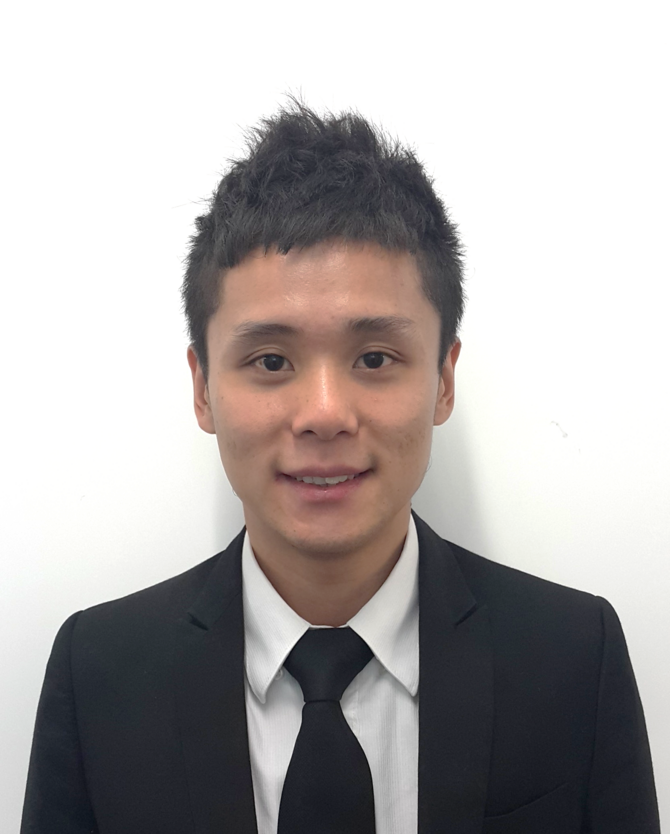Our speaker Dr. Yong-Hong Kuo will give us a presentation on "Data-driven modeling and optimization":
In the era of big data, various types of data unable to be captured in the past have become available. These massive amounts and wide varieties of data with high granularity have opened up a new opportunity for us to revisit the modeling and optimization techniques and explore the potential benefits of utilizing the data. In this seminar, I will present my recent research on data-driven modeling and optimization and discuss the challenges, solutions, and opportunities. I will focus on two examples in transportation and healthcare management.
Public transits often suffer from various types of disruptions, for example, traffic congestion and vehicle breakdowns. When disruptions occur, dispatchers have to make immediate readjustments in their planned schedules manually. However, given a variety of service requirements and work rules and hundreds of thousands of possible combinations for the redeployment of drivers and vehicles, human decisions are impossible always to provide a good, or even just workable, response in a fast-changing environment. In this collaborative research with a major public transportation company, a novel mixed-integer linear program under a rolling-horizon framework is developed to reschedule their vehicles and motormen simultaneously and automatically in response to disruptions. While traditional operation research tools often make use of only historical data in a static setting, this proposed approach also utilizes the high-velocity auto-sensed data collected by the vehicle-locating infrastructure to optimize their operations in this highly dynamic environment and provide high-quality recommendations in real time for prompt service recovery. The ultimate research goal is to demonstrate the benefits of the use of real-time locational data and optimization techniques in enhancing the efficiency and effectiveness of the urban public transportation system, thereby satisfying the needs of the citizens for their daily economic and recreational activities and advancing the sustainability of the city.
Hospital emergency department (ED) overcrowding is a longstanding and serious issue confronting many countries and cities around the world. Ideally, EDs are established to provide immediate medical care to critically ill or severely injured patients. Thus, timeliness and efficiency are their core attributes. However, due to various causes of overcrowding, EDs sometimes are not capable of delivering timely medical care to patients. Failure to provide timeous and adequate medical care to patients can be life-altering, and even life-ending. I will present my collaborative research project with a major ED on improving their patient flows and system efficiency. A simulation model that captures all complicating factors in reality (e.g., time and category-dependent arrival rates of patients, multiple shift-times of doctors and re-entrant flows to the many “service stations” of the system) has been developed to examine possible solutions that could relieve the overcrowding situation. I will discuss the challenge that several key types of data were unavailable such that the stochastic components in the system could not be directly estimated. To tackle the challenge, I propose a simulation–optimization approach to well-utilize the scarce empirical data to jointly infer the latent variables, by optimizing a proximity measure that evaluates the consistency between the solution and the observations. This proposed approach takes the advantages that (i) the approach is very general where no assumption on the system structure and random variables is needed, (ii) complex systems that analytical models are intractable can be managed, (iii) exhaustive enumeration can be avoided, and (iv) the algorithm is derivative-free. Computational results show that this proposed approach can obtain estimations that produce results consistent with the actual observations.
All are welcome and no registration is in need.



